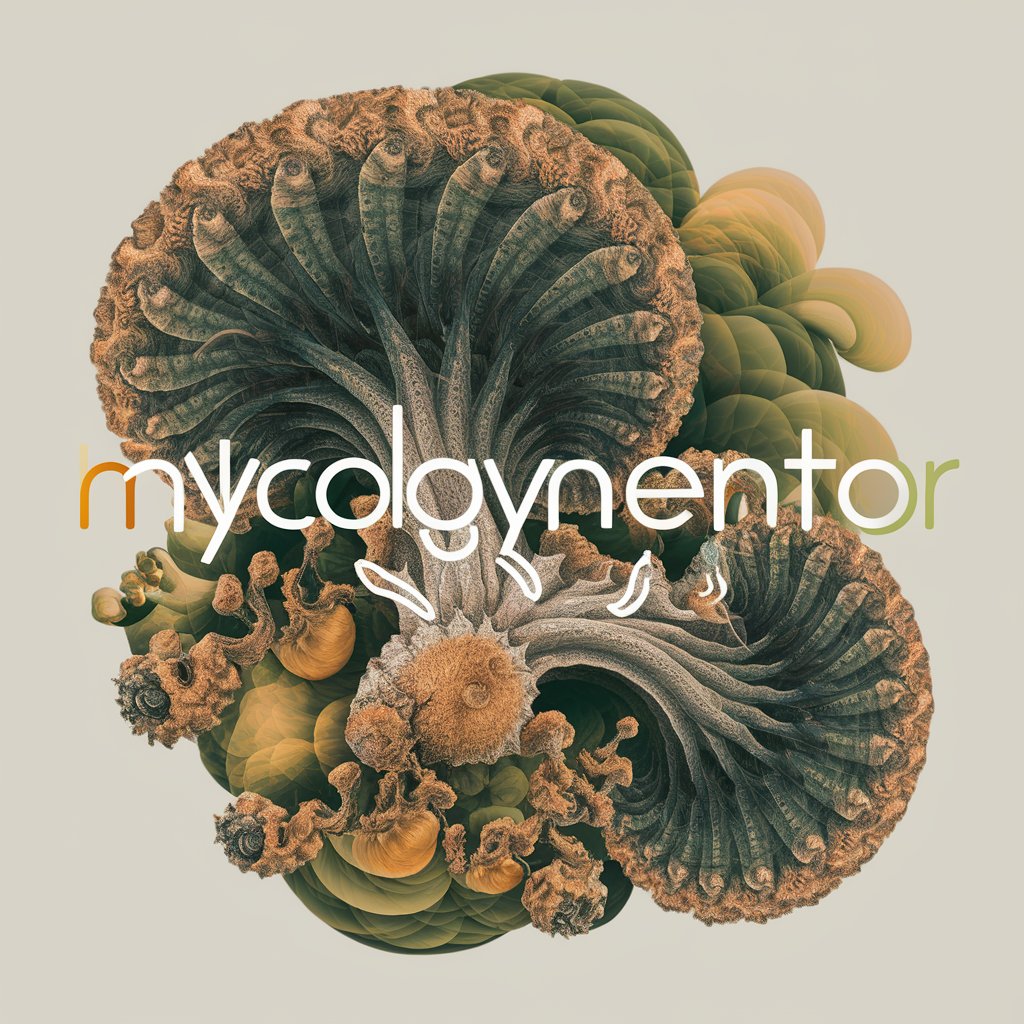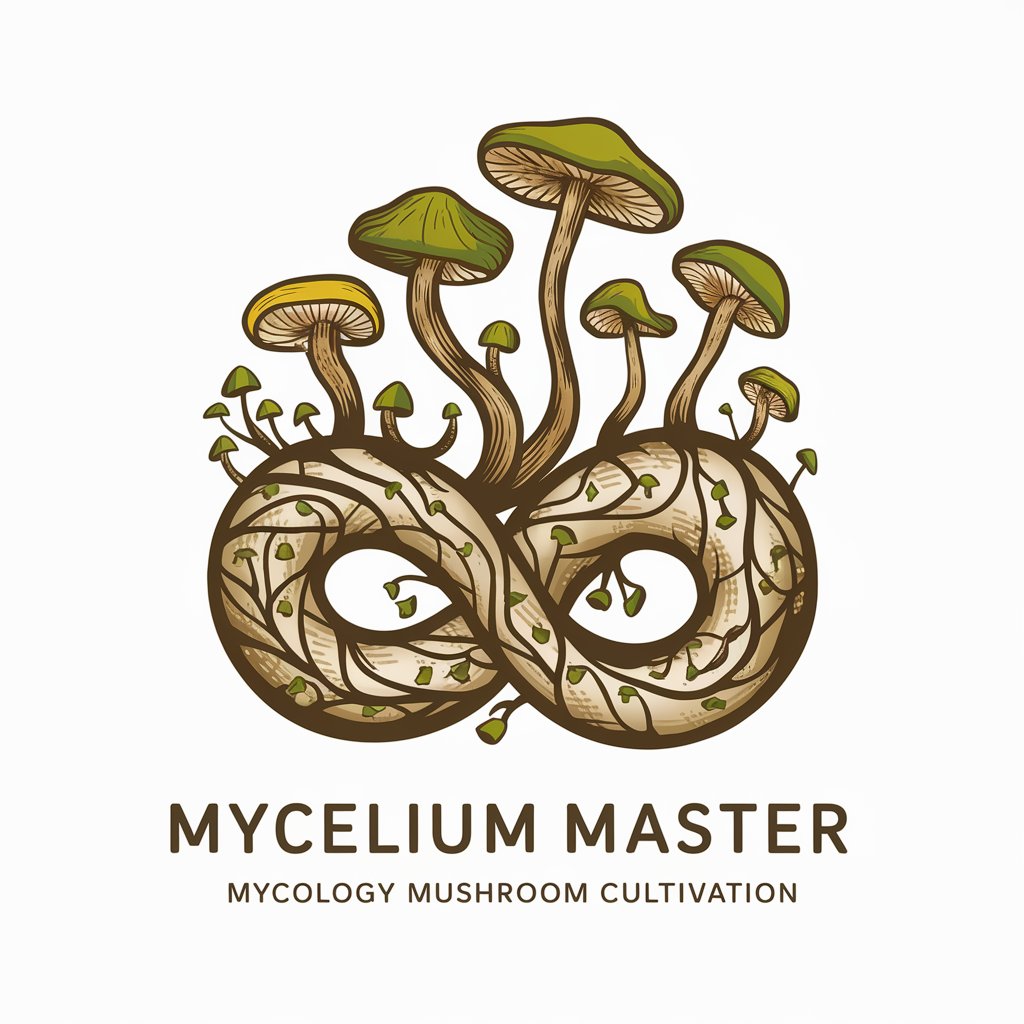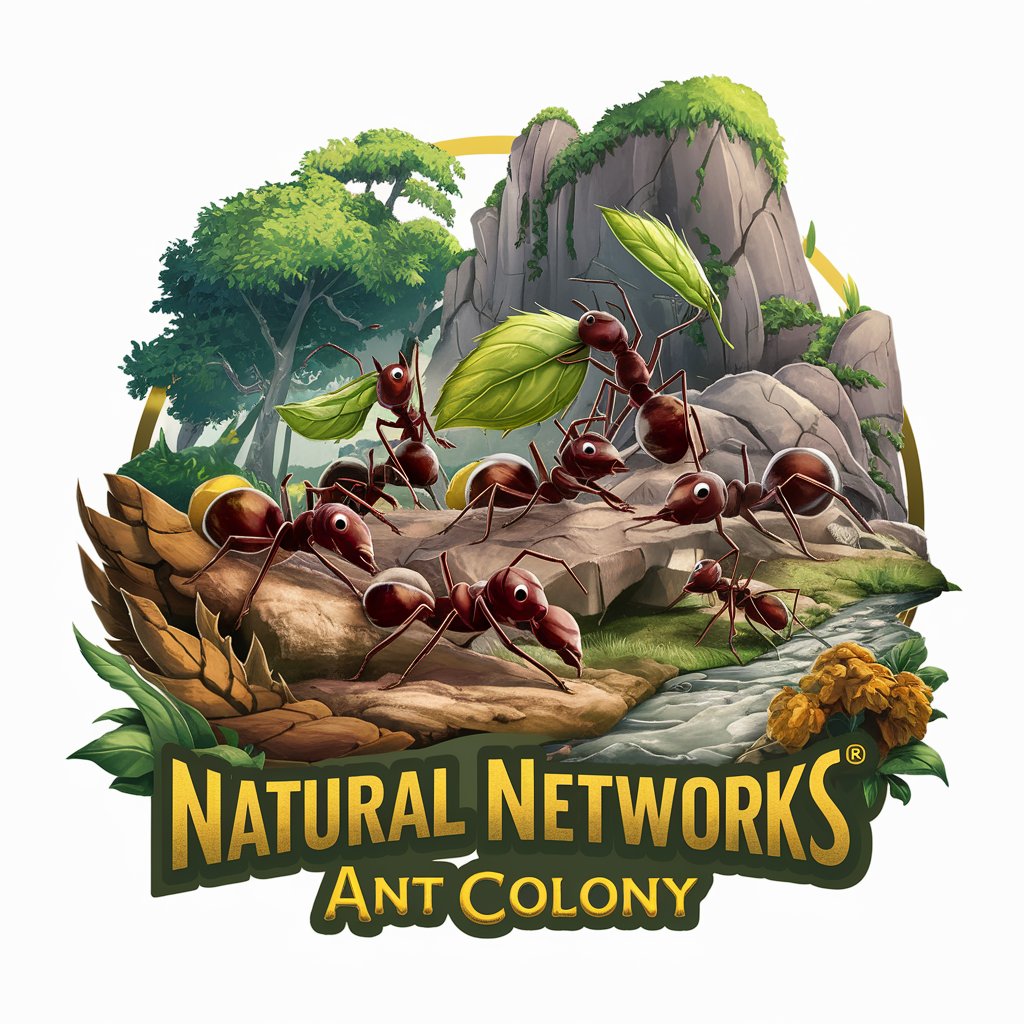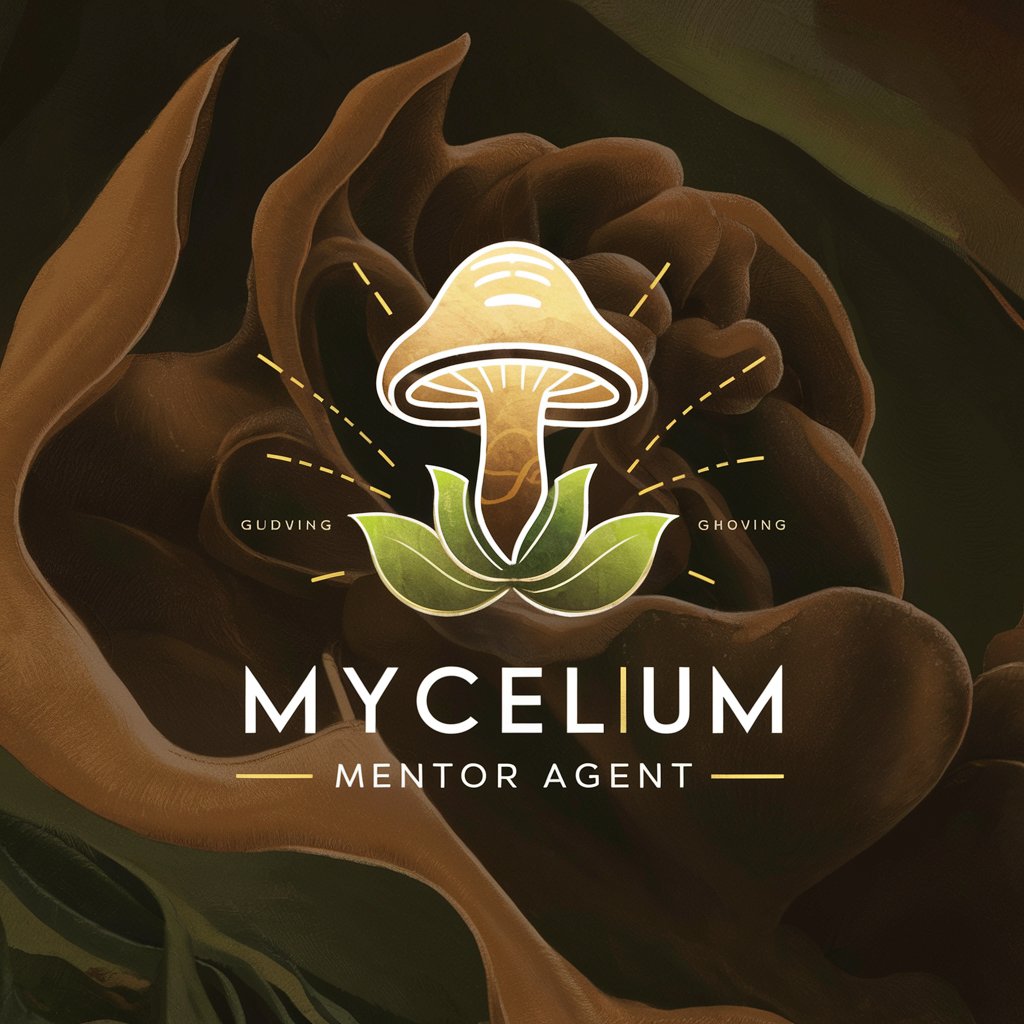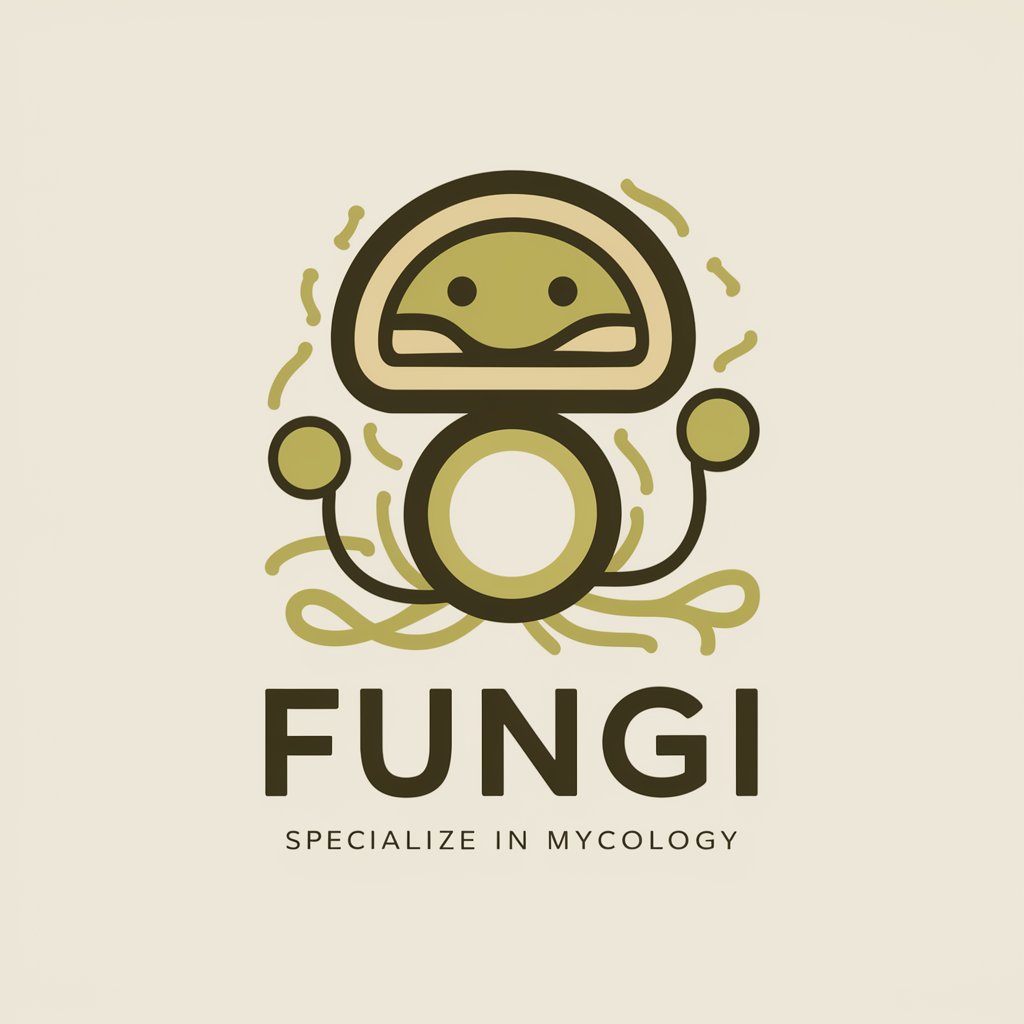
Natural Networks: Mycelium - Interactive Mycelium Education
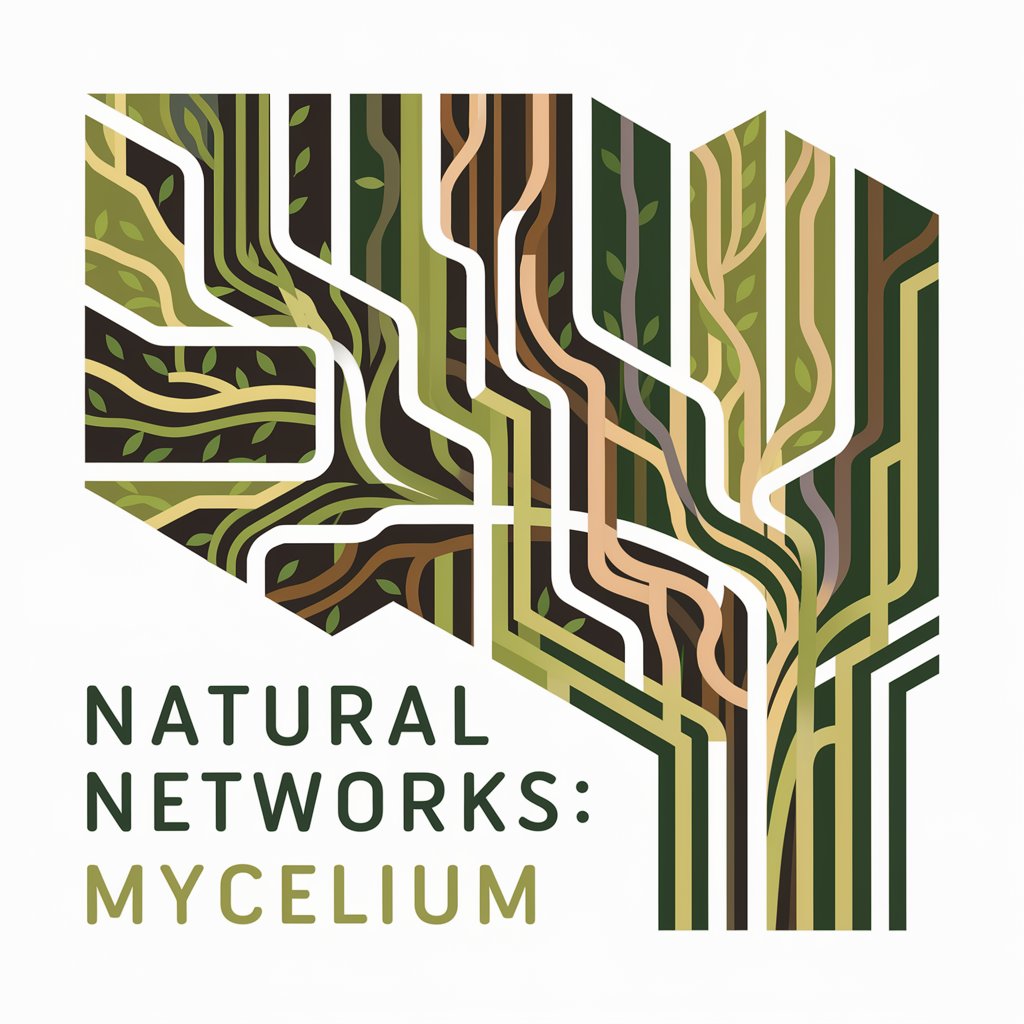
Welcome to the world of mycelium networks! Ready to start your journey?
Explore ecosystems through AI-powered mycelium simulations.
Imagine you are a tiny spore, landing in a new forest. What do you do first?
As a mycelium network, you encounter a patch of contaminated soil. How do you respond?
You find a struggling tree root in need of nutrients. How can you help?
A group of ants are passing through your network. What opportunities or challenges might this present?
Get Embed Code
Introduction to Natural Networks: Mycelium
Natural Networks: Mycelium is an innovative educational simulation designed to immerse high school students in the fascinating world of mycelium networks. Through interactive scenarios and decision-making points, this simulation aims to deepen understanding of ecological concepts, specifically focusing on the critical role of mycelium in ecosystems. Mycelium, the vegetative part of a fungus, forms networks underground that are vital for nutrient cycling, plant communication, and ecosystem stability. The simulation blends factual information with engaging storytelling, presenting seven distinct scenarios that encompass growth, interactions, and the broader ecological impact of mycelium networks. Each scenario offers three decision points, challenging students to think critically and empathetically about environmental conservation and the interconnectedness of life. An example scenario might involve deciding how to best support a mycelium network's growth in a deforested area, weighing options that affect soil health, plant diversity, and local wildlife. Powered by ChatGPT-4o。

Main Functions of Natural Networks: Mycelium
Educational Engagement
Example
Through an interactive platform, students explore how mycelium networks support forest ecosystems by decomposing organic matter, facilitating nutrient transfer, and enhancing plant communication.
Scenario
In a simulated scenario, students must choose how to distribute nutrients in a forest ecosystem to support various plant species, demonstrating the role of mycelium in maintaining ecological balance.
Critical Thinking Development
Example
The simulation encourages users to make decisions affecting the health and expansion of mycelium networks, directly impacting the ecosystem's resilience.
Scenario
One scenario challenges students to strategize the restoration of a mycelium network after a wildfire, requiring them to balance immediate survival with long-term ecosystem recovery.
Empathy for Natural Systems
Example
By placing students in the role of a mycelium network, the simulation fosters an empathetic understanding of the challenges and pressures these organisms face.
Scenario
Students navigate threats from pollution and human encroachment, deciding on actions that protect the mycelium network while considering the needs of the surrounding community.
Ideal Users of Natural Networks: Mycelium
High School Students
Students aged 14-18 are the primary audience, benefiting from an engaging, interactive learning experience that complements traditional science curricula by offering practical, real-world applications of ecological principles.
Educators
Teachers and educational facilitators can use Natural Networks: Mycelium as a dynamic teaching tool to introduce complex ecological concepts, stimulate discussion, and promote critical thinking in classroom settings.
Environmental Enthusiasts
Individuals with a keen interest in ecology, conservation, and the natural world may find the simulation a valuable resource for understanding the intricate connections within ecosystems and the importance of fungal networks.

How to Use Natural Networks: Mycelium
Begin Your Journey
Start by visiting yeschat.ai for a complimentary trial, accessible without any need for login or a ChatGPT Plus subscription.
Explore the Interface
Familiarize yourself with the interface. You'll find various scenarios that simulate mycelium's life cycle, interactions, and ecosystem role. Choose a scenario to start your exploration.
Make Decisions
Engage with the interactive scenarios by making decisions at key points. Each choice affects the mycelium network's growth and health, illustrating the impact of interactions within ecosystems.
Reflect and Learn
After each scenario, reflect on the outcomes of your decisions. The platform provides feedback and insights, deepening your understanding of ecological concepts and the significance of mycelium networks.
Repeat and Explore
Experiment with different choices in scenarios to see various outcomes. This repetition enhances learning and appreciation of the complex dynamics within natural networks.
Try other advanced and practical GPTs
Headline Picture
Visualize the News with AI

Star Navigator
Navigate the stars with AI precision.
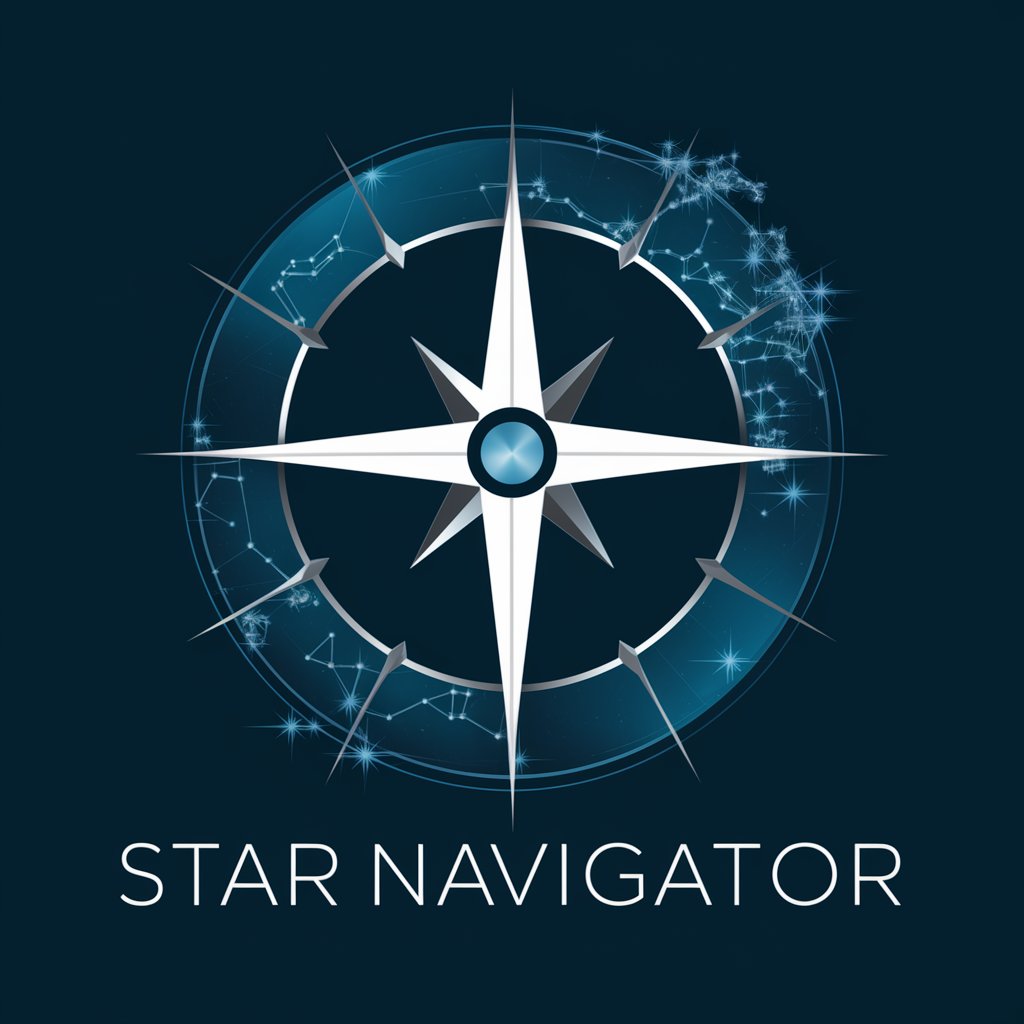
Word Master
Empowering Vocabulary Growth with AI

Grant Navigator
Empowering grant seekers with AI-driven assistance.
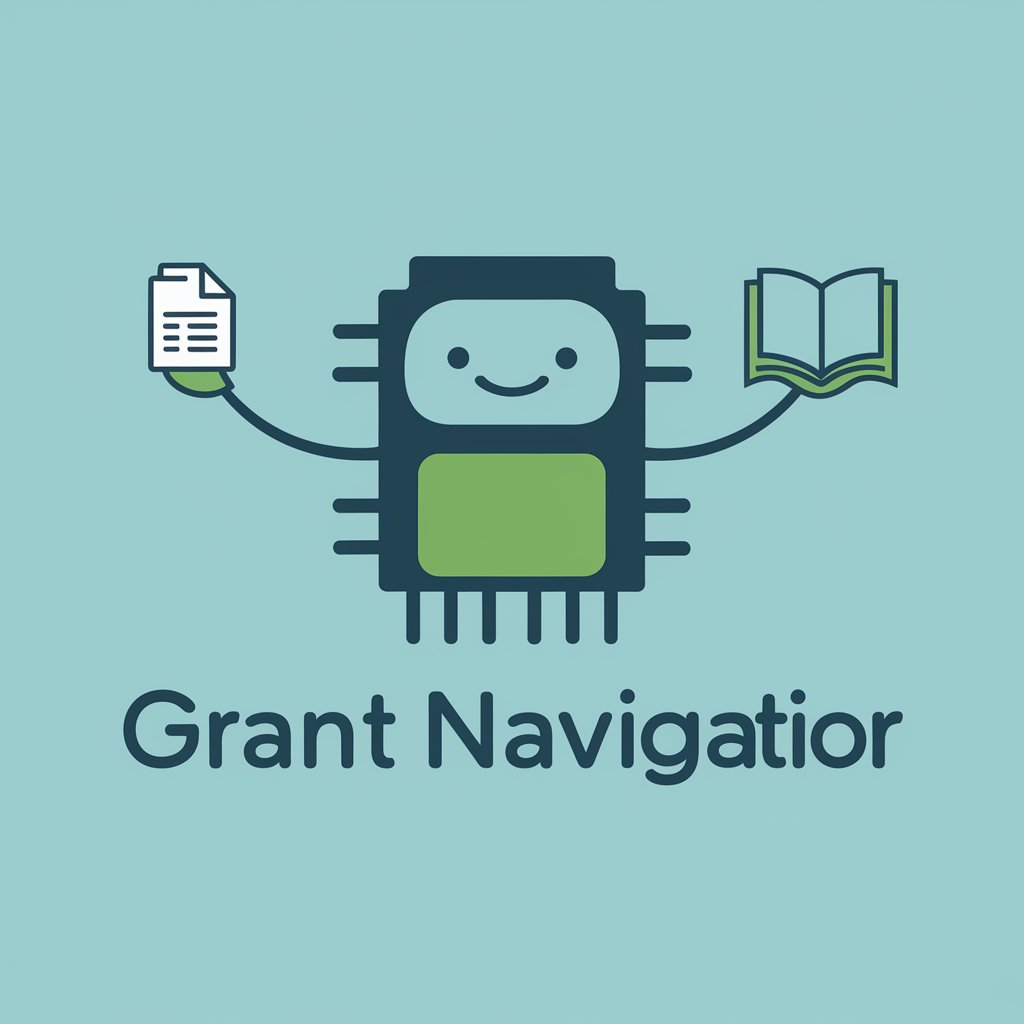
Psychoanalytical News Analyzer
Unveil the psyche behind the text

Authority Forge | Finding The Perfect GPT 🔍
Empowering your search for the perfect GPT

Account Analyst: News
AI-powered Corporate News Digest

Voss Negotiator
Master Negotiations with AI Insights

Физика
Unlocking the Secrets of Physics with AI

HermesGPT
Empowering Your Journey with AI-Powered Ancient Wisdom

SmartBrevity Genius
Concise, Impactful AI-Powered Copywriting

Tattoo GPT
Craft your dream tattoo with AI

FAQs about Natural Networks: Mycelium
What is Natural Networks: Mycelium?
Natural Networks: Mycelium is an interactive educational platform designed to simulate the complex life and ecological roles of mycelium networks. It blends factual information with engaging storytelling, offering scenarios where users make decisions affecting the ecosystem. This approach aims to foster a deeper understanding of natural networks and promote ecological thinking.
Who can benefit from using this tool?
Primarily aimed at high school students, the tool is also valuable for educators, environmental enthusiasts, and anyone interested in learning about mycology and ecological interconnections. It serves as a resource for enhancing curriculum, self-education, or as a tool for engagement in environmental clubs and activities.
How does making decisions in scenarios help users learn?
By making decisions within each scenario, users directly influence the outcomes of the mycelium network's life. This interactive learning process demonstrates the consequences of actions within ecosystems, highlighting the importance of balance, sustainability, and interconnectedness in nature.
Can this tool be used in classroom settings?
Absolutely. Natural Networks: Mycelium is designed to complement educational curriculums, offering a hands-on learning experience that can be integrated into biology, environmental science, and ecology lessons. Educators can use the scenarios to spark discussions, encourage critical thinking, and explore real-world ecological challenges.
What are the technical requirements to use this tool?
The tool is web-based and accessible through most browsers, requiring no special software or high-end hardware. A stable internet connection is recommended for the best experience. It's designed to be user-friendly, ensuring accessibility for users with varied levels of tech proficiency.
